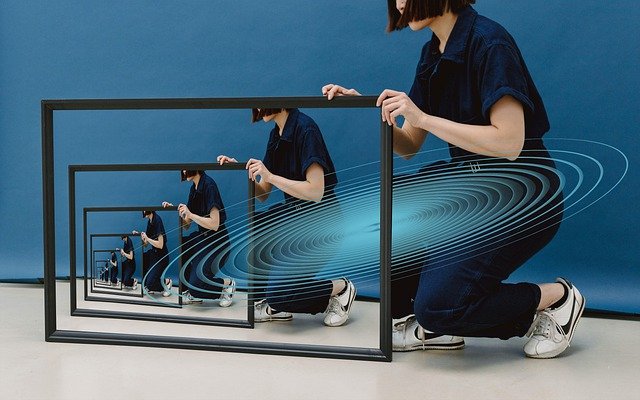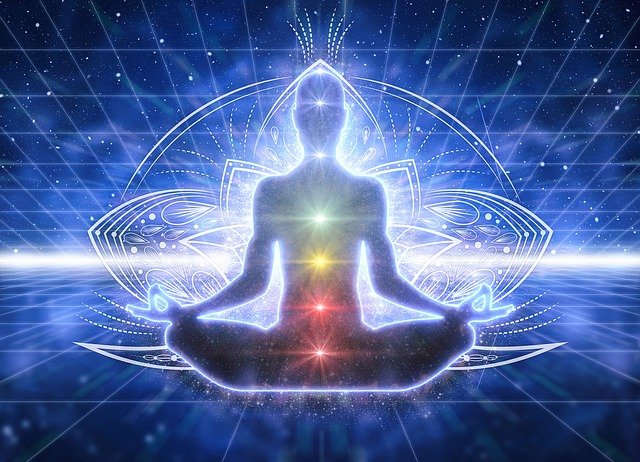Recently we lost a long-standing friend with the death of Kay Dickie on 3 August 2023. My wife and I have known Kay for forty years – from both a work and a personal perspective. Her career was interlaced with both our work lives during her many interludes in the world of work. More recently, Kay has shared her love of music with us in the wonderful setting of Stradbroke Island. Her life was lived with a mindful curiosity that manifested her inquisitee mind and her deep appreciation of everything in life – life’s mysteries, nature, her friends and beloved dog, .
Exploring the world of work with Kay
I first met Kay when she was Equal Employment Opportunity (EEO) Coordinator in the Federal Department of Social Security and I was Director, Corporate Services reporting to the State Director. One particular case of sexual harassment stands out in my mind because it illustrates Kay’s commitment, compassion and dogged perseverance. She had been blocked by multiple levels of management when trying to investigate what proved to be a serious case of sexual harassment. Kay, through my agency, was able to act to unearth the issue, circumvent the power politics and prevent the harassment from continuing.
Kay’s inquisitive mind was not easily fobbed off by managerial intransigence – it only encouraged her to explore deeper and exhaust all avenues for a resolution. My current consulting colleague, Julie Cork, who was EEO Director at the Commonwealth Public Service Board in Brisbane at the time, commented that Kay had a profound understanding of the EEO Coordinator role and was able to articulate it clearly within her Department and in the broader Coordinator network.
Kay was a strong advocate of action learning and in her work and personal life she epitomised supportive challenge and asking fresh questions as encouraged by Reg Revans, the Father of Action Learning. From 1991 – 1994, Kay was the Project Manager for the University of Queensland Action Learning Program (ALP) which was judged Best Practice by the Committee for Quality Assurance in Higher Education. Kay and I wrote a report on the first two years of the Program which was published by the Tertiary Education Institute at the University of Queensland in 1993.
I was External Consultant and Mentor for the Program Team in the first five years of the ALP Program which eventually ran for 9 years. The program – its philosophy, processes and outcomes – was the subject of my PhD published in 1996, Action Learning for Professional and Organisation Development: An Action Research Case Study in Higher Education. The PALS Model developed as part of my PhD research was published in an article I wrote for The Learning Organisation Journal 2002, Creating innovation and synergy through a parallel action learning structure.
Kay was also Project Manager for the 1995 National Research Project, Action Learning in Vocational Education and Training. The project involved 9 researchers, including myself, and produced four major reports which became the foundation documentation for the nationally accredited Certificate 4 in Change Management – Action learning. As part of the project, Kay and I undertook a series of interviews of managers who had introduced action learning into their organisations. This research included an interview with the CEO of Kinney Shoes (Australia) that had nearly 500 stores throughout Australia. Kay and I collaborated with a number of other researchers on the project to produce Volume 3: Applied Principles for the national project. This volume incorporated cases studies developed through our interviews.
Curiosity about energy and consciousness
Kay was a prime mover in organising the ALAR National Conference in 1996, Energy Switch: the possibilities offered by action learning, action research, and process oriented methods. Dr. Bert Cunnington provided the plenary presentation on the topic, All you need is love: the loving, learning organisation. Bert maintained that organisations needed to move from “the negative energy of fear, doubt, and competition” to the “positive energy of love, faith, collaboration and creativity.” Bert referred to the research that highlighted the high incidence of illness and the related job dissatisfaction in organisations. He contended that the solution to dealing with the stresses of current organisational life lay in the 4 C’s – challenge, commitment, control and connection. The emphasis here is on stimulation through challenge, commitment to meaningful work, individual self-efficacy and agency and connection through social support (within and outside work and family). Bert’s presentation is documented in the ALAR Journal under the title, Dedication- to Dr. Bert Cunnington (Vol 2 No 2 – pages 3-17).
Kay was fascinated by consciousness and the relevant insights from quantum physics and frequently referred to energy as a key element of life. She cited Albert Einstein’s perspective, “What we call matter is energy, whose vibration has been so lowered as to be perceptible to the senses”. Einstein’s perception that “everything is energy” that can only be changed, not destroyed, opened up Kay’s horizon on consciousness and spirituality. She agreed with Einstein’s statement, “We still do not know one thousandth of one percent of what nature has revealed to us”. Kay reflected what Einstein said of himself, “I’m passionately curious”. On her 76th birthday, three months before she died, Kay reflected, “the older I get, seeking is the only game in town”.
Reflection
Kay began exploring quantum physics and energy when she was undertaking a Masters Degree. Like Margaret Wheatley she was keen to learn what quantum physics meant for organisations and her own personal life. Margaret explored the writers in the area in her ground-breaking 1992 book, Leadership and the New Science: Learning about Organizations from an Orderly Universe. Margaret’s quest and challenging questions, mirrored Kay’s search for understanding.
Cliff Bunning, Kay’s supervisor, explored in depth how quantum physics relates to developing our spiritual life. In his 2011 book, The Direct Path to Self-Realisation and Beyond, he maintained that “all feelings good and bad are basically the same energy…flowing in the opposite direction”. He suggests that positive energy can be generated by expressing gratitude, being forgiving, giving positive vibes, having a pet, feeding your mind with positive information, connecting with nature regularly and “following your heart”.
Global leadership coach and biophysicist, Ginny Whitelaw, contends that leadership in organisations is about resonance. In her book, Resonate: Zen and the Way of Making a Difference, she maintains that the role of a leader is that of an “energy concentrator”, achieving “synchronous vibration” with followers through listening, mindfulness practices such as Tai Chi, connecting with the energy of nature and accessing our positive energy force through deep breathing.
Kay exhibited positive energy derived from her deep love of nature, her extended social network, and her positive outlook on life. She drew energy from everything around her and especially the waters and trees of Stradbroke Island. She once commented, “I need to be near water, otherwise I shrivel up”. Her life was a simple life that made a difference in the lives of the people she interacted with.
Diana Winston, Director of Mindfulness Education at UCLA’s Mindful Awareness Research Center (MARC), defines mindfulness as paying attention to our present moment experiences with openness and curiosity and a willingness to be with what is. Kay epitomised mindful living. As we grow in mindfulness through our own connection with nature and all that is positive in our lives, we can also make a real difference through the positive energy and vibration that we emit.
While composing this blog post, I came across a song, Curiosity Abounds, by Modus Operandi. Their instrumental album that this song is drawn from, Organic Exploratorium, involves “Discovery backdrops and positive soundtracks filled with the promises of education, research, the future”. The album includes other songs like Curiosity in Planets, Inquisitive Minds, Reality Beckons, Explore the Unknown, Another Day to Explore – all of which resonate strongly with Kay’s outlook on life.
________________________________
Image by Sven Lachmann from Pixabay
By Ron Passfield – Copyright (Creative Commons license, Attribution–Non Commercial–No Derivatives)
Disclosure: If you purchase a product through this site, I may earn a commission which will help to pay for the site and the resources to support the blog.









